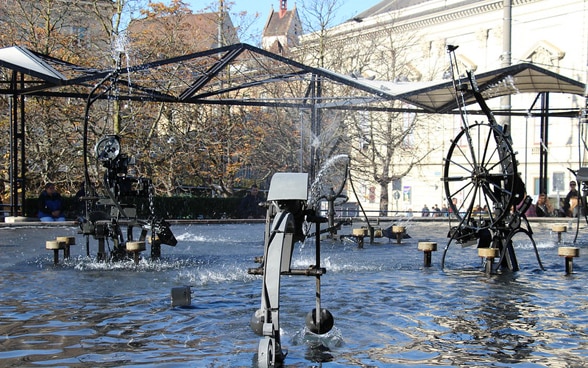Switzerland's cultural scene is very diverse thanks to its federal system, four national languages and wealth of traditions. Culture is supported by the public sector, the lottery fund and private patrons. Thirteen sites in Switzerland are listed in the UNESCO World Heritage catalogue.
Culture

The cultural diversity among Switzerland's different regions is a source of inspiration and creativity for artists. Museums are very popular and Switzerland boasts a multitude of internationally renowned art galleries and auctions. In addition to Switzerland's major stages, there is a lively independent and amateur theatre and dance scene. Swiss design is recognised the world over for its timelessness and high quality. Swiss filmmakers produce many award-winning documentaries. In the past, Swiss literature focused mainly on Switzerland itself, while much contemporary writing addresses global themes. Switzerland boasts inspiring architecture and has produced some of the most acclaimed names in the field.
